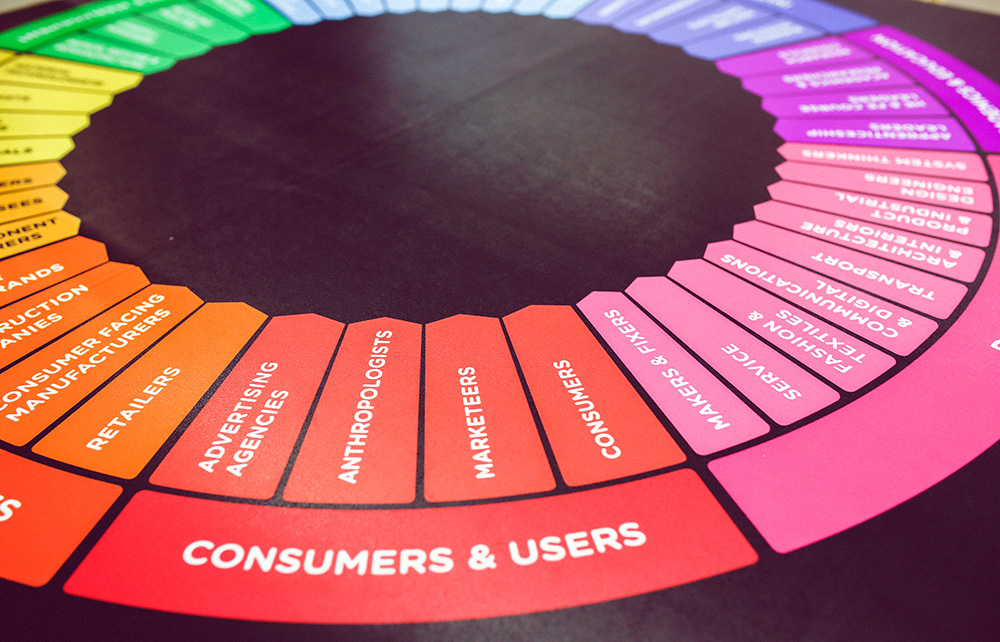Public relations campaigns can make or break a brand. When they’re effective, they can build stronger customer relationships and attract new business: two outcomes that all business owners want!
But what about when something goes wrong? Thankfully, a well-planned PR campaign can get you out of a mess too. Good PR protects and preserves your brand’s reputation during moments of crisis, and that’s why it should be a top priority for every business owner.
If you want to increase your visibility, strengthen your credibility, and connect with potential new customers, there are a range of strategies you can use to do so. Here are some of the fundamentals you should consider when creating PR campaigns for your business.
Objectives and Ideas
Before you can create a PR campaign, you need to have a clear objective, and that objective should be SMART: specific, measurable, attainable, realistic, and timebound. The team at
Stern Strategy warns that we shouldn’t confuse our objectives with our goals, so let’s be clear about what each term means.
A goal is a broader vision for your business, whereas an objective is far more specific and limited. For example, a goal may be to become the go-to nail salon for teenage clients in the local area. A suitable objective for this goal could be to increase the number of teenage followers on social media by 20% in two weeks. Can you see the difference?
Once you have a concrete objective, it’s time to generate some ideas!
MarTech Series recommends strengthening your value proposition by reading reviews of your product or service, considering in detail the needs of your target demographic, and playing word games to find vivid descriptions for your concepts. This is a fun, creative stage of the process.
Getting Noticed
Hubspot offers a range of strategies to make sure your campaign connects with its audience. One of the most important is surely choosing the right platform. After all, if you’re not meeting your potential customers where they are, they’re liable to miss your campaign entirely! That’s when solid market research comes in handy. Where do your customers hang out?
One way to get noticed is to ensure you have a unique creative angle that attracts attention. It’s worth spending time to develop a punchy hook that reels people in. In general, stories are more attractive than obvious advertisements, so find ways to entertain your audience beyond simply selling.
Above all, keep your finger on the pulse. It’s important to stay connected with PR trends to ensure your approach is up to date. The media landscape moves astonishingly quickly!
PR Daily has published the trends they predict will dominate the rest of 2021, which include a greater focus on humanity and authenticity. It’s useful to know that over-produced, glossy public relations campaigns seem to jar with the general mood right now. However, you have to stay tuned because this is liable to change at any moment.
Crisis Management
There are many ways that your company’s reputation could be undermined, and businesses often choose to seek professional support from PR experts when a problem arises. As
Pagefield says, “When a crisis, issue or dispute has the potential to tarnish your brand, a robust communications strategy is essential to keep your business reputation intact.”
Talkwalker has identified four important steps when it comes to crisis management: The first is listening actively and monitoring all social media channels so negative comments can be handled quickly. Next, you should identify what caused the issue and how it can be satisfactorily resolved. You need a firm plan to communicate to your audience or they may feel your response is tokenistic.
Thirdly, it’s necessary to review your response thoroughly before you make it public. This is to ensure that the tone is appropriate and unlikely to cause any further harm or offense. Once you’ve checked it out from a few different angles, you can take the final step: issuing your official response to the crisis.
Measuring Impact
How you measure the success of your PR campaign largely depends on your initial objective. For the example we used before, the number of new followers would be an excellent indicator of impact, but
Agility PR’s blog suggests some other ways you can evaluate a campaign, including the number of press articles it generates and increases in website traffic, sales figures, or brand mentions.
The data you gather during this assessment will be valuable to your future efforts. You can ensure your next campaign is even more successful by implementing the learning gained from this one. Keep it up and in time, you’ll become an expert at creating effective PR campaigns.
Ruby Clarkson







